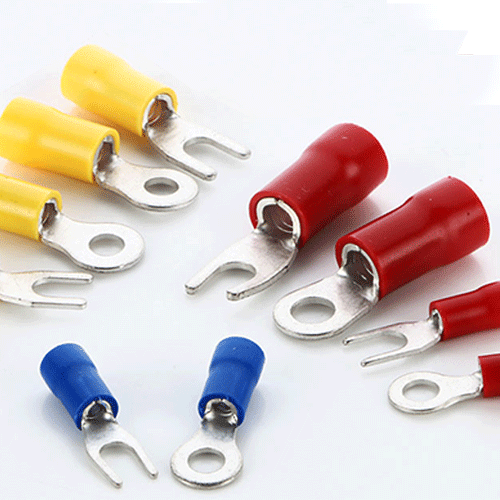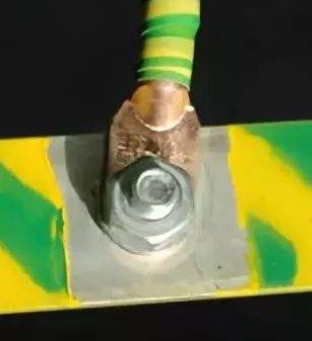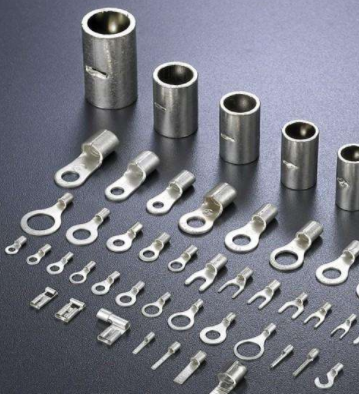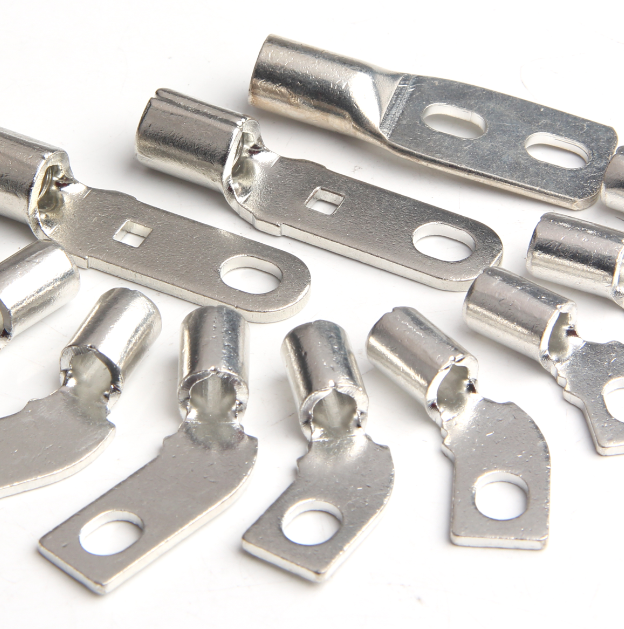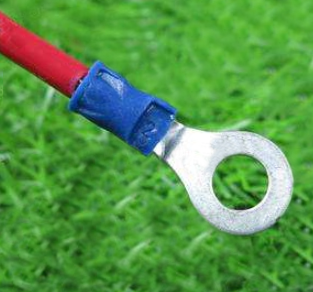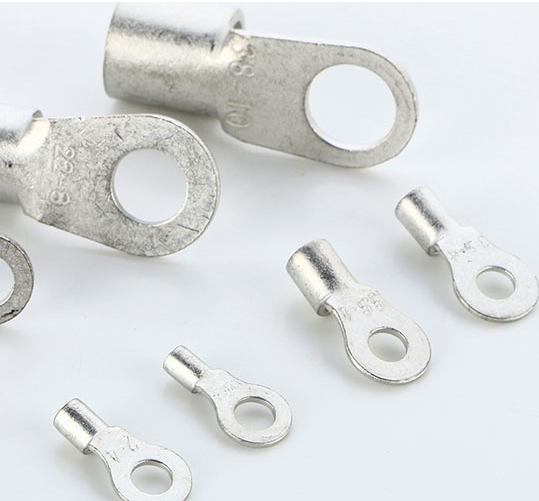Shanghai Richeng terminal products mostly use alloy copper electroplated nickel as conductive parts. Pure copper has excellent electrical conductivity, but as a conductive member, it has excellent electrical conductivity and requires a certain hardness. Therefore, a small amount of other metal materials are added to form alloy copper to meet the requirements of these two aspects. As for electroplating nickel, we will describe in detail below:
1. The electroplated nickel layer has high stability in air. Because metal nickel has strong passivation ability, it can quickly form a very thin passivation film on the surface, which can resist the corrosion of atmosphere, alkali and some acids. .
2. Electroplated nickel crystals are extremely fine and have excellent polishing properties. The polished nickel coating gives a mirror-like finish and maintains its luster for a long time in the atmosphere.
3. The hardness of the nickel plating layer is relatively high, which can improve the wear resistance of the surface of the product. Nickel plating is commonly used in the printing industry to improve the hardness of the lead surface. Due to the high chemical stability of metallic nickel, some chemical equipment also uses thicker nickel coatings to prevent corrosion by the medium. Nickel plating is also widely used in functional aspects, such as repairing worn and corroded terminal strip parts, and partial plating using brush plating.
4. Nickel plating has a wide application surface and can be used as protective decorative coating. It protects the base material from corrosion or bright decoration on the surface of steel, zinc die casting, aluminum alloy and copper alloy. It is also often used as other coatings. The intermediate plating layer is further coated with a thin layer of chromium or a layer of imitation gold, which has better corrosion resistance and a more beautiful appearance.
In terms of functional applications, nickel plating on parts of special industries is about 1~3mm thick, which can be used for repair purposes. In particular, applications such as continuous casting of molds, molds for electronic component surfaces, die-casting molds for alloys, and manufacture of complex aerospace engine components and microelectronic components are becoming more widespread.
5. In electroplating, since electroplated nickel has many excellent properties, its processing volume ranks second only to electro-galvanizing, and its consumption accounts for about 10% of total nickel production.
Nickel (Ni), atomic number 28, resistant to strong alkali, can be burned in pure oxygen, giving off dazzling white light. Has a strong resistance to oxidation and corrosion. Insoluble in water, forming a dense oxide film on the surface in humid air at normal temperature, which can prevent the bulk metal from continuing to oxidize. It is precisely because of the excellent corrosion resistance and oxidation resistance of nickel that it is the first plating for connecting the conductive parts of the terminal.

















 RCCN WeChat QrCode
RCCN WeChat QrCode Mobile WebSite
Mobile WebSite